THE BABY FARM OF UTICA AVENUE (1890)
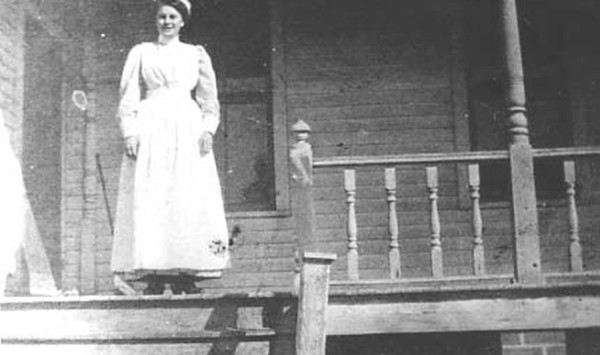
******************************************************************************************************************************** Brownstone Detectives investigates the history of our clients’ homes. The story you are about to read was composed from research conducted in the course of one of those investigations. Do you know the history of YOUR house? ******************************************************************************************************************************** The red flags began to go up slowly – one by one – as babies began to die. After Annie Smith, 1 month and 14 days old, it was wee Cora Tanner, just 7 days old. With two infant deaths being reported within the same month from a private residence at 126 Utica Avenue, Inspector Corcoran of the Department of Health was detailed to look into the matter. THE INSPECTION Arriving at 126 Utica Avenue, Inspector Corcoran discovered a “two story frame structure in which are available for maternity and nursery purposes four small rooms and an attic apartment.” Tending this facility, according to the Brooklyn Standard Union, was a Mrs. Emily V. Wilson, her daughter, and a nurse. Onsite, though, was also one baby and five women “patients.” Corcoran asked Mrs. Wilson to show her license, upon which request “she produced two documents given her by the Department of Health.” The first, dated 12 September 1886, granted permission to board four children at 100 Utica avenue, while the other bearing the date of 18 June 1888, permitted her to keep six children at 795 Herkimer street. She had no license for 126 Utica Avenue. At this point the inspector asked to view the house’s register, “which the law requires of […]
A BUFFALO SOLDIER ON HERKIMER ST. (1930)
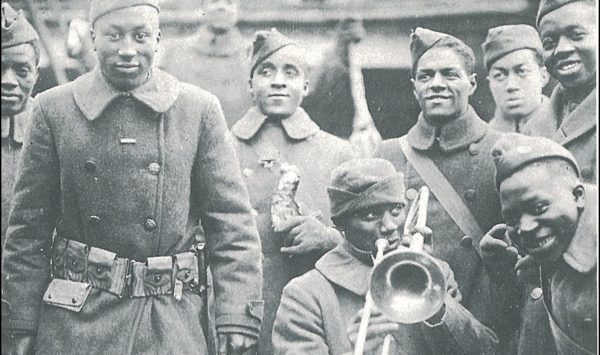
******************************************************************************************************************************** Brownstone Detectives investigates the history of our clients’ homes. The story you are about to read was composed from research conducted in the course of one of those investigations. Do you know the history of YOUR house? ******************************************************************************************************************************** It was 1918, and Harry Francis Cole had only three options. As an African-American in the United States, drafted into the military when the country was entering the First World War, he could: 1) work as a non-combatant – laboring as a stevedore, digging trenches, graves, and latrines, or building hospitals, roads, bridges, and railroad lines, 2) fight in a segregated unit – as an American soldier with the French Army, whose soldiers did not object to fighting alongside African-American troops, or 3) join a military band – one of the many brass bands in the European theater that were composed of African-American musicians. Cole, already a budding musician back home in Philadelphia, would naturally find himself in the last group, a horn player in one of the units of the 92nd Division – or, as the military unit was more commonly known, the venerated “Buffalo Soldiers.” BORN TO WAIL Born one of four children to William and Carrie Cole in Philadelphia in 1896, Harry Cole was never really destined to be a fighter. When he was a boy he was even then sure that his future was in music. He likely caught the bug when ragtime was all the craze, but when he heard the new sound of jazz in the […]
TRUST ME, I’M A…SHOEMAKER? (1900)
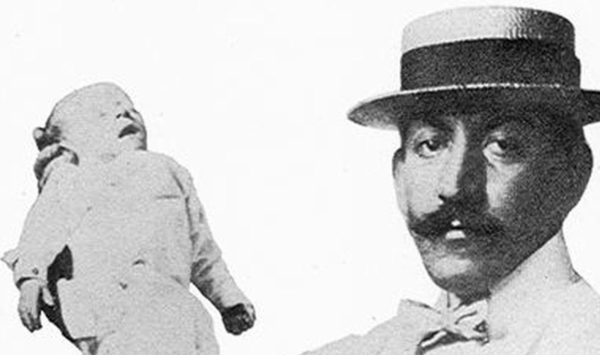
******************************************************************************************************************************** Brownstone Detectives investigates the history of our clients’ homes. The story you are about to read was composed from research conducted in the course of one of those investigations. Do you know the history of YOUR house? ******************************************************************************************************************************** If you stepped into the doctor’s office at 635 Herkimer Street early in 1900, you would have been greeted with the kindly smile of Dr. Walter C. Falk. Dr. Falk would have listened to your heartbeat, asked you a number of questions in a slight German accent, charged you an office visit fee, and then, after disappearing and the reappearing from a back room, prescribed you any number of medications – which he would, of course, sell to you directly. Over the coming weeks, your ailment may or may have not gone away. If it did, it was most certainly not due to the medication for which you paid and took faithfully. For you see, it was very soon discovered that “Dr.” Falk, who had only been in town for approximately eight months, was not a doctor at all. He was a “shoe cutter.” “DR.” FALK, I PRESUME? Falk noted on the 1900 Federal Census that he had been born in Germany in 1848. He was 51 years old at the time and was currently a lodger at the boarding house at 635 Herkimer Street, where he lived with seven other men and a small family. An 1892 New York State Census record, though, showed him living in the town of […]
A BED-STUY BUILDER “GOES ASTRAY” (1891)
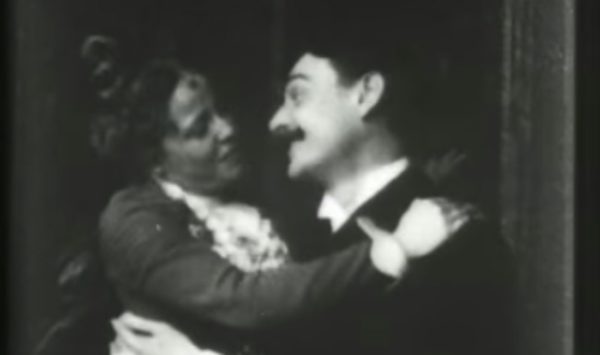
******************************************************************************************************************************** Brownstone Detectives investigates the history of our clients’ homes. The story you are about to read was composed from research conducted in the course of one of those investigations. Do you know the history of YOUR house? ******************************************************************************************************************************** One of the more colorful builders in the Bedford-Stuyvesant area before the turn of the century was Ransom F. Clayton. Clayton and his wife Hannah purchased entire blocks for development and became rich reselling land and building brownstones for occupancy. Clayton, approximately 60 years of age in the early 1890s, was the founder of the building firm Ransom F. Clayton & Son. In addition to being a builder, he had also been a jack-of-all-trades – a Civil War veteran, an inventor, a nominee for City Controller with the Prohibition Party, and a director and the treasurer of the Ocean Palace Elevated Railroad. In 1891, though, he could add to that list the title of “scoundrel.” For, in that year, having some years previous turned over the reins of his building firm to his son, Clayton was now being given the opportunity to lose the property in a highly publicized divorce scandal. Several newspapers of the time hyperventilated over the steamy details of the case, from the “plain black gown” that Mrs. Clayton wore to court, to the description of “the other woman,” Mrs. Margaret F. Oakley, who was “tall,” “finely formed,” and “richly attired,” and further to, finally, how the crowd in the packed court room erupted in applause when the […]
Hijinks on Herkimer, Pt. II
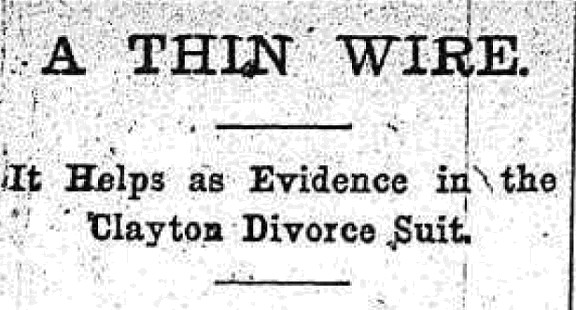
(To see Pt. I of Hijinks on Herkimer) It was not too long before, on one specific occasion, Wolfram took notice of Clayton approaching and entering their apartment building. Wolfram must have had a mouse’s ear, because he discerned from the top floor of the building that Ransom had not come upstairs but had entered an apartment on one of the first two floors. Wanting further evidence against Mrs. Oakley, Wolfram slipped down the stairs and went around the side of the house and “walked slowly by” the windows attached to Mrs. Oakley’s apartment, one of which belonged to her bedroom. As the blinds to the flat were “just a little open,” Wolfram peered though and saw the married man, Ransom, in Mrs. Oakley’s bedroom, a scandalous show of moral laxity at the time. Two nights later, Wolfram viewed Ransom returning to the apartment building and, subsequently, to Mrs. Oakley’s apartment. Wolfram must have drawn murmurs from the gathered crowd in the courtroom when he said what he observed next: Ransom did not depart Mrs. Oakley’s apartment until 6 am the following day. Determined, on the third try, to get the evidence that he needed to have Oakley banished from his building, Wolfram decided he would convince himself once and for all that what he had seen was enough to have her removed. Going out into the house’s front yard, he took a piece of thin wire with him and “fastened it to the gate so that when it was […]